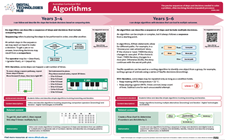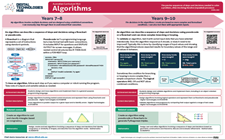Algorithms

What is it?
An algorithm is a series of ordered steps that are required to solve a problem. In order to work, algorithms need to have their steps in the right order.
Algorithms are everywhere in our daily lives. At their simplest level, algorithms exist as a series of instructions that enable us to solve simple problems; for example, recipes or getting ready for the day. Algorithms can also be more complex. For example, some of the largest corporations use algorithms to guide our internet browsing, airports use them to program flight paths, and the health sector uses them to find donor–patient matches.
Australian Curriculum definition
Algorithms
Step-by-step procedures required to solve a problem. For example, to find the largest number in a list of positive numbers:
- Note the first number as the largest.
- Look through the remaining numbers, in turn, and if a number is larger than the number found in 1, note it as the largest.
- Repeat this process until complete. The last noted number is the largest in the list.
An algorithm may be described in many ways. Flowcharts are often useful in visualising an algorithm.
Source: Australian Curriculum: Technologies glossary
Algorithms is a core concept that is introduced in Year 1 and continues through to Year band 9-10. View the poster for your Year band for an explanation of the concept with relevant examples. The posters are designed to assist in the interpretation and support the implementation of the Australian Curriculum V9.
|
|
|
|
Download all posters here.

CS Unplugged: Field guide: Complexity and tractability
This chapter covers problems where it's easy to tell the computer what to do – by writing a program – but the computer can't do what we want because it takes far too long. Find out about what is meant by tractable and intractable problems. Learn about complexity, why it is an important concept and how it relates to algorithms.

Use this website to develop your understanding of algorithms, including searching, sorting, recursion and graph theory. Learn with a combination of articles, visualisations, quizzes and coding challenges.

Computing theory for 7–11 year olds
This resource provides information for teachers about various topics including algorithms.

CS Unplugged: Field guide: Algorithms
This chapter covers what an algorithm is, and why they are such a fundamental idea in computer science. Find out more about the two most common and important types of algorithms – searching and sorting.

Intro to Algorithms: Crash Course Computer Science #13
See how algorithms help us complete tasks more efficiently. Learn about sorting algorithms in this Crash Course video.

What's an algorithm? - David J Malan
Learn about pseudocode using a problem of counting people in a room.
How to teach it
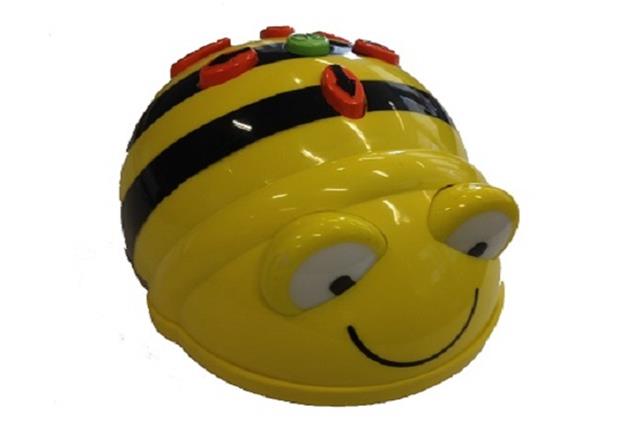
Students follow and describe a series of steps to program a floor robot. Plan a route to program a robot to follow a path and write a sequence of steps (algorithm).

This lesson sequence intentionally uses a visual based programming tool to introduce designing and validating algorithms. Those students who complete this task can move to code the result in any text-based language with which they are familiar.

Students design a sequence of steps for others to follow. They convey their instructions to peers and evaluate the work of others to determine if the outcome was successful.

Visual to text coding lesson 1: Temperature converter
Use this resource to introduce and reinforce students understanding of algorithms represented diagrammatically and using pseudocode.
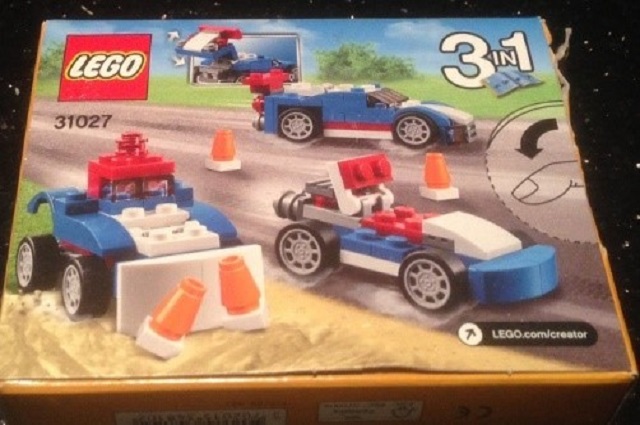
Take a LEGO® building challenge
In pairs, explore giving and following a sequence of steps and decisions to build a LEGO® toy.

Students write a simple suite of programs that can be used to facilitate an SRC election though the collection and processing of data. It assumes that students have been introduced to Python programming language.

Create a model using snap blocks one-block high and create a code so someone else can build your model.

This sequence provides a gentle introduction to the skill of decomposition by having students develop discrete modules that together serve a single need: a maths teacher asks for a program that can be used to demonstrate aspects of maths. This sequence can be used in conjunction with 'Comparing and selecting appropriate algorithms'.

Understanding algorithms and the smiley face biscuit challenge
Algorithms are a key concept in Digital Technologies. They help us follow, describe and represent a sequence of steps and decisions needed to solve problems. This resource explores some idea for following algorithms including the smiley face biscuit visual algorithm challenge.

One challenge in teaching object-oriented principles is finding a suitable programming language. Many of these languages are too complex and their environments too confusing. This lesson sequence offers a choice of one of two approaches in an attempt to address this problem.

In this lesson, students are presented with the challenging problem of measuring a volume of water using containers that are not the exact measurement size. Students will decompose a complex problem into discrete steps, design an algorithm for solving the problem, and evaluate solution efficiencies and optimisation in a simulation.

Who wants to be a millionaire?
Drawing on the well-known wheat/rice and chessboard problem, students use spreadsheets to simulate iteration and to solve problems.

Plan a 'choose your own adventure' story
Students create a storyboard to plan a ‘choose your own adventure' story, where the reader is provided with a number of decisions that lead to alternative endings.

Students learn to code separate modules that perform discrete functions but collectively meet the needs of the solution. They select the most appropriate algorithm based on the type of problem.

Making maths quizzes 1: plan and test our programs
In this sequence students plan, create and edit a program that asks maths questions that are harder or easier depending on user performance.

Making maths quizzes 2: implementing a digital solution
In this sequence students implement a digital solution for a maths quiz. They test and assess how well it works.

This sequence integrates science as students grow a plant from seed, capture each step and decision as an algorithmic process and record data for future learning.
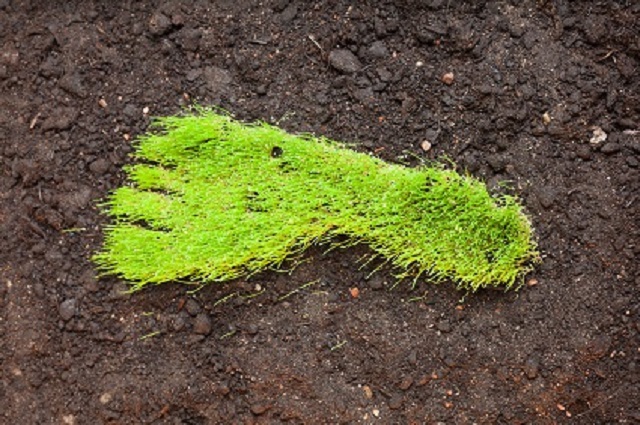
Students make a paper prototype of an eco-calculator to demonstrate human impact on the environment and suggest changes in behaviour. This is an unplugged learning sequence with opportunities to extend learning through the development of a Scratch quiz.
For the classroom

This game will give you an idea of how different algorithms for the same problem can have wildly different efficiencies.
What other schools are doing

Understanding algorithms through baking.
 Noarlunga Downs Primary School: Algorithms through baking (part 2)
Noarlunga Downs Primary School: Algorithms through baking (part 2)
Understanding algorithms through baking.

